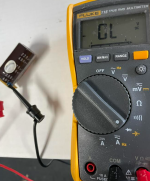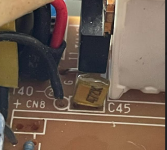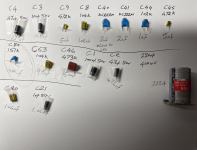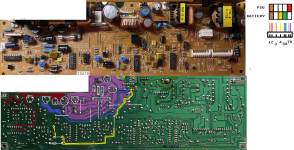TheLastNinja
Member
- Joined
- Apr 27, 2023
- Messages
- 25
I put the laptop together, did the test above except connected the open PSU block directly into the laptop.
Measuring on same DC connectors, with the PSU plugged into the mains
Unfortunately its preforming like Try #2 above except starting at -0.018, after 4 minutes moved to -0.019, 6 minutes -0.020
7 .. -0.022
8:44 .. -0.021
8:50 .. -0.022
11:11 .. -0.021
still at -0.021 at 19 minute mark
:/
Measuring on same DC connectors, with the PSU plugged into the mains
Unfortunately its preforming like Try #2 above except starting at -0.018, after 4 minutes moved to -0.019, 6 minutes -0.020
7 .. -0.022
8:44 .. -0.021
8:50 .. -0.022
11:11 .. -0.021
still at -0.021 at 19 minute mark
:/







